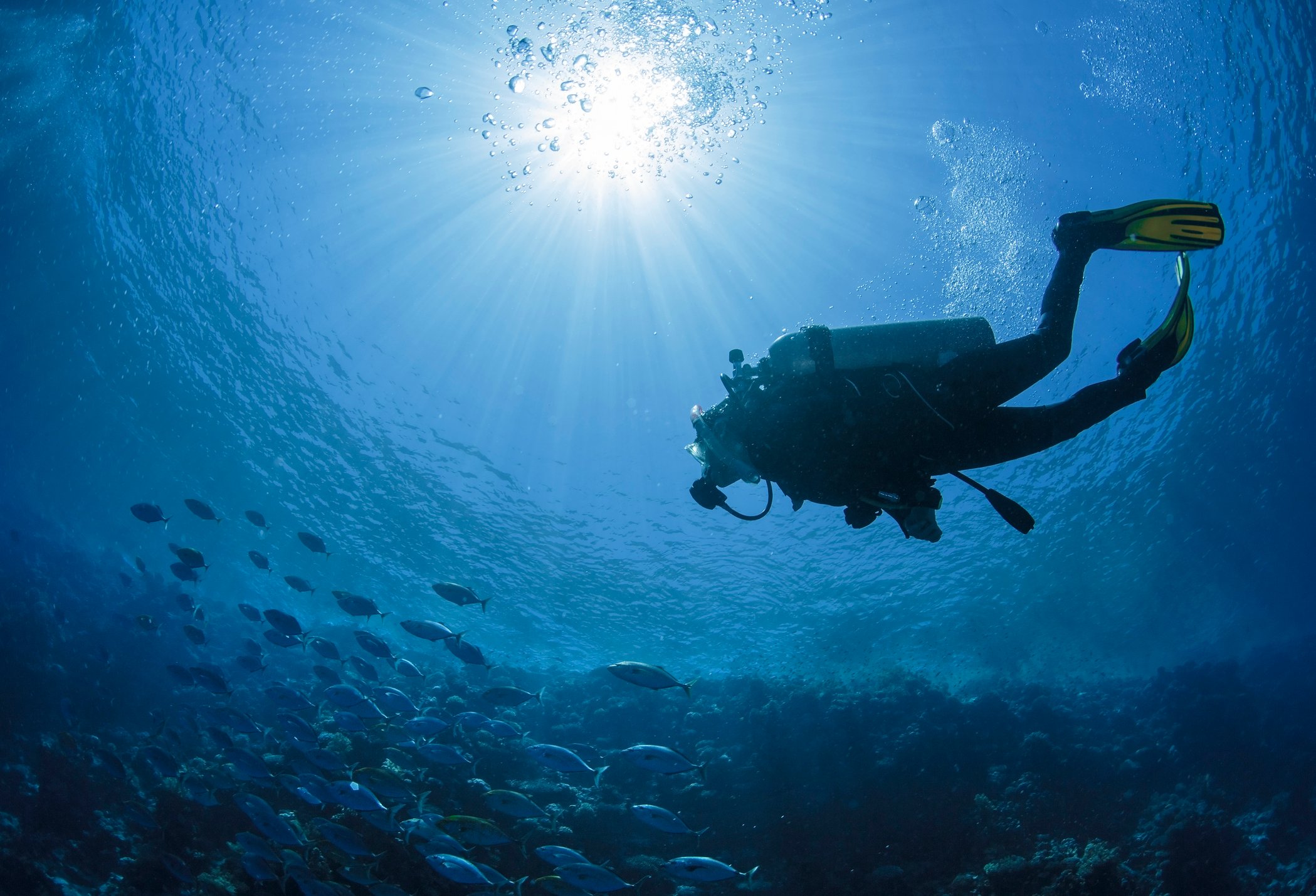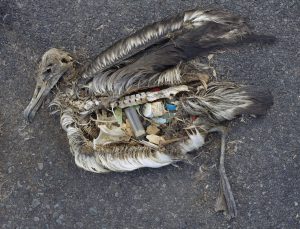As the world’s political leaders head for Paris for COP 21, the global conference that seeks a new agreement to control man-made climate change, Chile, France and Monaco have backed a call to protect the world’s largest single ecosystem, one that has, hitherto, been no more than an afterthought in global climate negotiations. That ecosystem is the world’s ocean.
The ocean covers more than 70% of the planet and supports the food supplies of more than 1 billion people. It is central to economic wealth, the declaration says, “with an estimated contribution of between US$3-6 trillion to the global economy. 90% of globally traded goods are transported by sea; fisheries provide 4.3 billion people with more than 15% of the animal protein consumed, and coastal areas provide crucial services for local communities.” Despite its central importance to human life and the critical stress the ocean is now suffering, it is not scheduled to be under discussion in Paris.
Most land-dwellers think of climate impacts on the ocean in terms of sea-level rise, and the threat it poses to people who live near the shore and to the world’s port and delta cities. But climate change is threatening the ocean itself in ways that could have much graver implications for human society. The global ocean has played a key role in relieving the short-term impacts of climate change by absorbing 90% of the heat produced since the industrial revolution and approximately 25% of global carbon dioxide (CO2) emissions. The price the ocean is paying for this service is that its upper layers are warming by about 0.1C each decade, and warming has now been detected in the deep ocean. As a result, ocean currents are changing, sea levels are rising, salinity patterns are shifting and oxygen, in some parts of the ocean, is declining.
The absorption of CO2 has already increased ocean acidity by around 26% since the start of the industrial revolution, a trend that would be exacerbated by the release of sea-bed methane, another predicted effect of continued warming. Acidification threatens the ocean food chain and the ecology of the ocean by making it harder for sea creatures to form shells. Some impacts are already evident in the rapid decline of coral reefs, oyster beds and kelp forests.
Little is known about the capacity of ocean life to adapt to the radically changing conditions that CO2 is producing, but scientists warn that speed is an important factor. The faster conditions change, the less likely it is that ocean life will be able to adapt, and the more likely extinction begins. Given that, as scientists have noted, ocean CO2 concentrations today are rising faster than at any time in the past 22,000 years, and probably faster than they have for 800,000 years, ocean pH may be changing faster than it has in 300 million years. The consequences are not known, but three of the earth’s five previous mass extinctions happened against a similar background.
Protection of the ocean was included in the United Nations Framework Convention on Climate Change (UNFCCC), specifically in the commitment contained in Article 4.1 (d), in which signatories pledged to promote the sustainable management, conservation and enhancement of sinks and reservoirs of greenhouse gases including “oceans, coastal and marine ecosystems”.
But, despite its critical role as a carbon sink, the ocean has largely been ignored by the UN climate process. Members of the Global Ocean Commission (GOC), whose report on the state of the ocean was published in June this year, have called on the parties to the UNFCCC take urgent steps to protect the ocean from further deterioration. The signatories of the Because the Ocean Declaration published on 29 November ask the UN to launch a plan of action for the ocean in 2016.
Acidification
The promises of national action (INDCs) that countries have made in advance of the Paris conference are insufficient to keep global average temperature rise to below 2C, a target agreed in Copenhagen in 2009 was the threshold that the world must not cross. For the ocean, even that limit represents a serious threat. During previous periods of history, when global temperatures were 2C higher, sea levels were between five and 10 metres higher than today. In addition, the CO2 concentrations that would produce 2C of warming, could devastate ocean life through further acidification.
At the UN Conference on Sustainable Development in 2012, governments pledged to “…work collectively to prevent further ocean acidification…”. To implement that pledge, governments would have to agree in Paris to halt CO2 emissions forthwith. Instead, the ocean is not even on the agenda.
Ocean’s sink capacity is shrinking
The GOC and other concerned bodies have repeatedly pointed out this anomaly. David Miliband, José María Figueres and Trevor Manuel, co-chairs of the GOC, wrote in the lead-up to the 2014 UN climate summit in Lima of their dismay that “the ocean appears to have been relegated to the status of an afterthought, something to bring up occasionally in the context of other, apparently more essential, concerns”, despite a string of recent reports that point, with mounting urgency, to its already critical state.
A GOC study found that deep-sea life absorbs 1.5 billion tonnes of CO2 and buries half a billion tonnes of CO2 on the seabed annually – a sequestration service that they calculate is worth US$148bn to the global economy. But the ocean’s capacity to absorb CO2 – a service provided free of charge -– has begun to decline: already it is only 70% of its pre-industrial capacity and it could fall to 20% by the end of the century. Without the ocean as a carbon sink, atmospheric CO2 levels are likely to climb more rapidly.
José María Figueres, Co-Chair, GOC, said: “The ocean will today, and every day, extract 4 kilogrammes of CO2 per person on this planet from our atmosphere, we have a duty of care to the blue, and indeed largest, part of our planet. If we fail to act, this capacity to shoulder the burden of climate change will be fatally compromised.”









